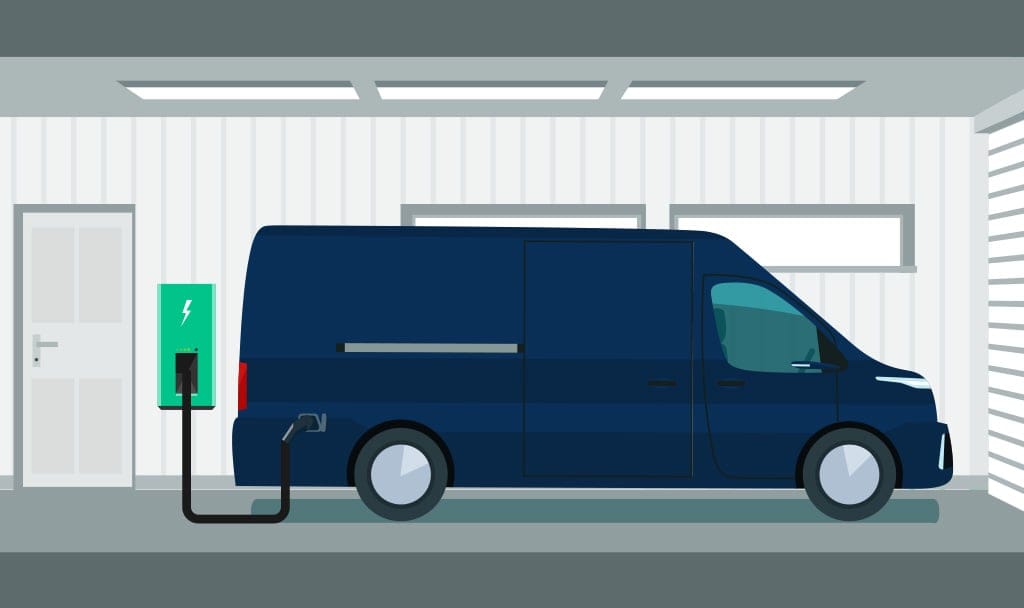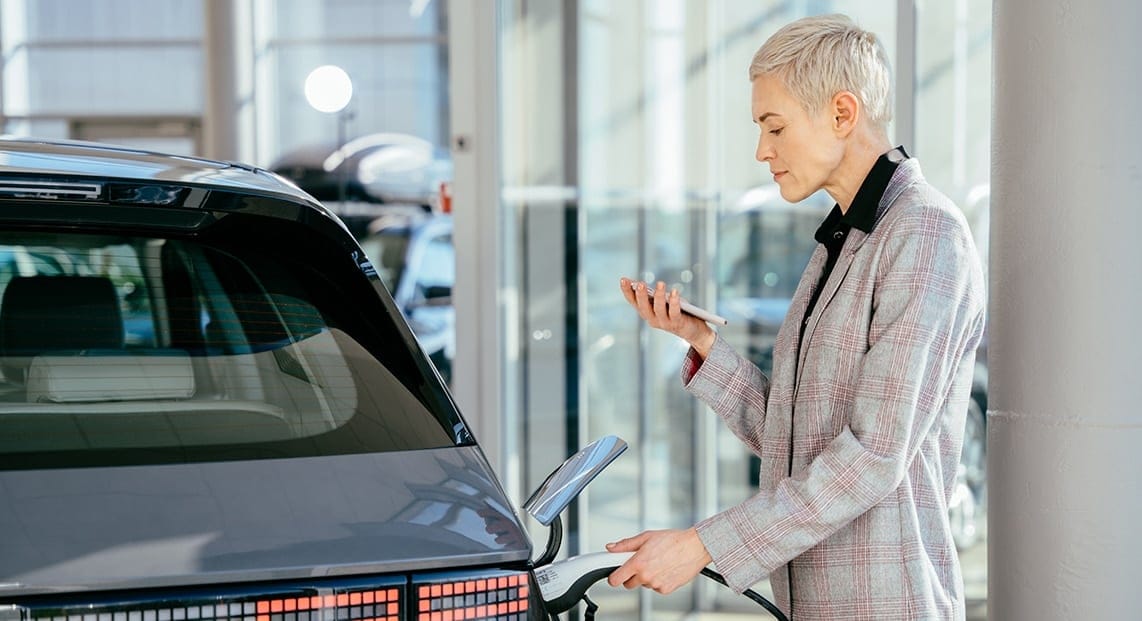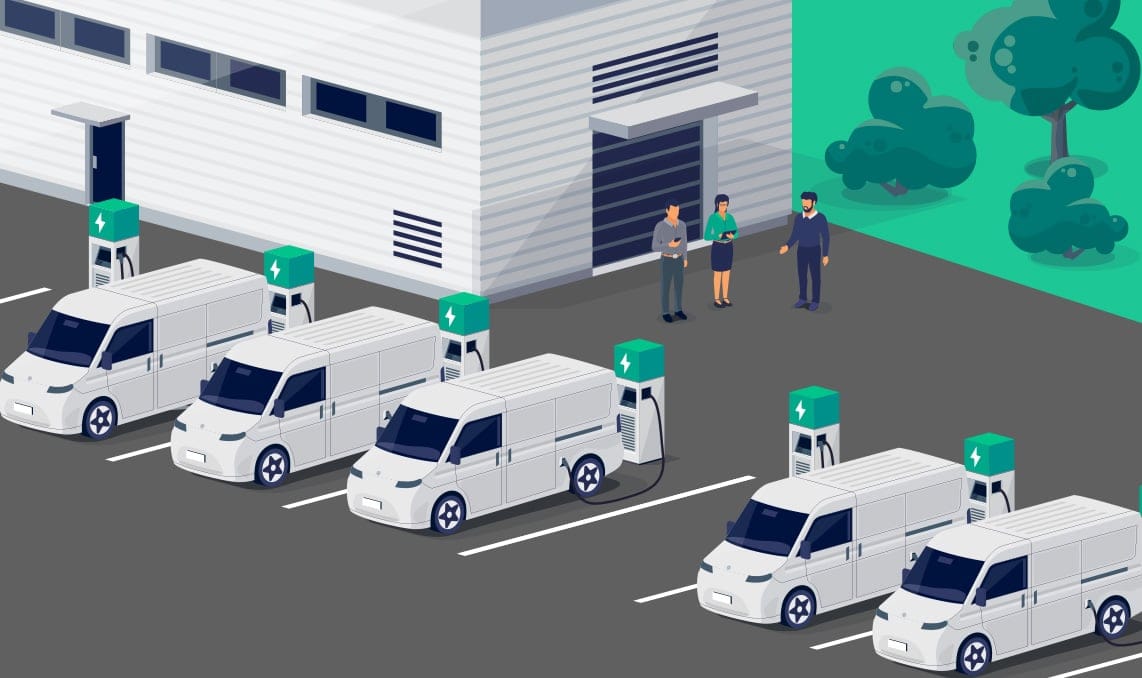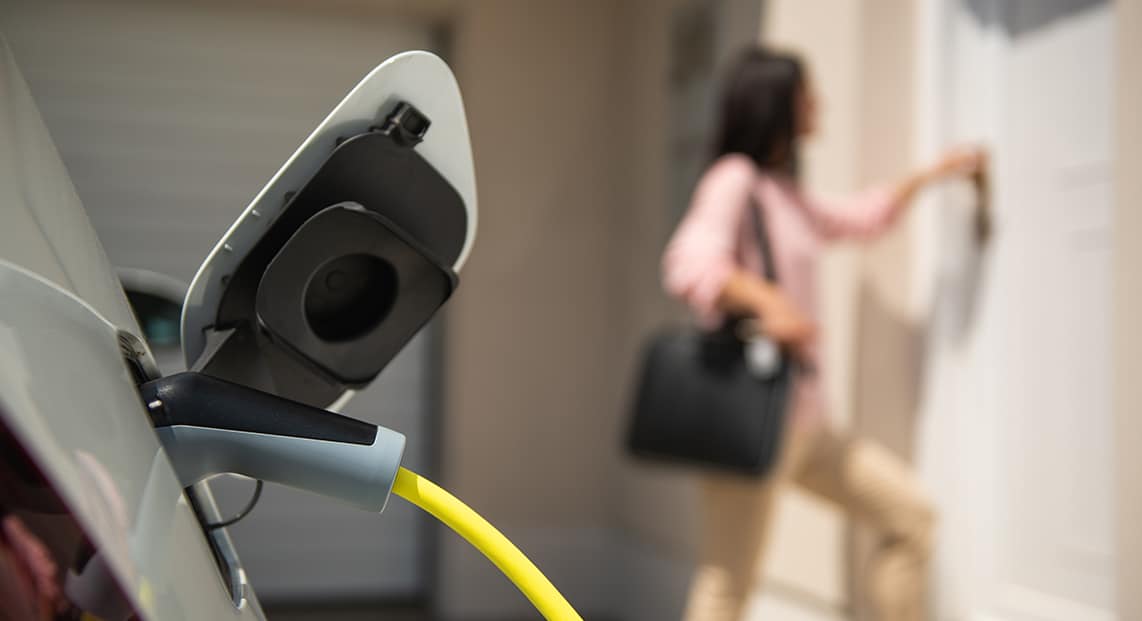What are the Different EV Charging Levels?
Holman Marketing
April 12, 2021
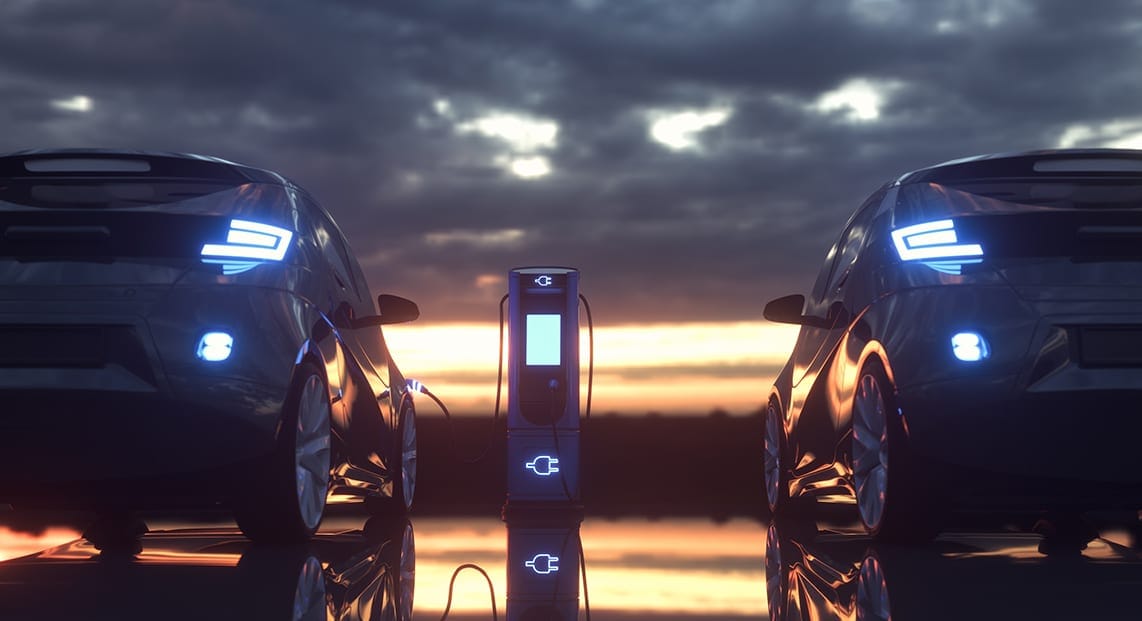
The electric vehicle (EV) revolution continues to grow, and more and more companies want to know how to adopt this technology. One question many ask is, “what’s the difference between charging levels?” Here are some highlights to help you understand the three levels of charging and application of charging connectors and adaptors.
Connectors
The most common connector used to charge EVs and plug-in hybrid electric vehicles (PHEV) is the SAE J1772. All EVs in the U.S. and Canada can charge using this plug. The J1772 connector is only available for level 1 and 2 charging.
Charging levels
So then to answer the question about charging levels, the difference is the amount of voltage used.
Level 1 is a standard AC 110 / 120 volt home outlet. EVs and PHEVs come with an adaptor to connect the car (via the J1772 connector) to a standard household outlet. While this is the least expensive way to charge an EV, depending on the type of battery and state of charge (SOC), it can take 8 to 12 hours (or longer) to charge. However, less time is needed to charge a PHEV because the battery is not as large.
Level 2 is an AC 220 / 240 volt system equivalent to a household electric range or dryer. All level 2 chargers, both commercial and residential, accept the standard J1772 connector and can provide a relatively fast charging rate that helps improve battery life. Tesla electric vehicles come with an SAE J1772 adapter for level 2 charging.
This is the most common in-home charging system for EV and PHEV. The cost to put one in a home ranges from $400 to $700 (plus installation).
Level 3 is called DC Fast Charging (DCFC) and uses high voltage (440 Volts). A DCFC charges a battery to 80 percent in 30 minutes, then slows to level 2 in order to not overheat the battery. Due to this rapid rate, level 3 chargers are typically used for public charging stations.
Level 3 charging can be triple the cost of at-home charging – even more costly than gasoline in some cases. The best use would be to get just enough charge to make it to your final destination.
Due to the evolution of EV technology and adoption, there are two kinds of level 3 connectors: CHAdeMO and SAE CCS (Combo Charging System).
The CHAdeMO was the first DCFC connector and originated outside the US. Some DCFC stations have only CHAdeMO connectors, and some older EV units may only fit the CHAdeMO port. However, most EV manufactures today use the SAE CCS connector.
Connector and charging level comparison
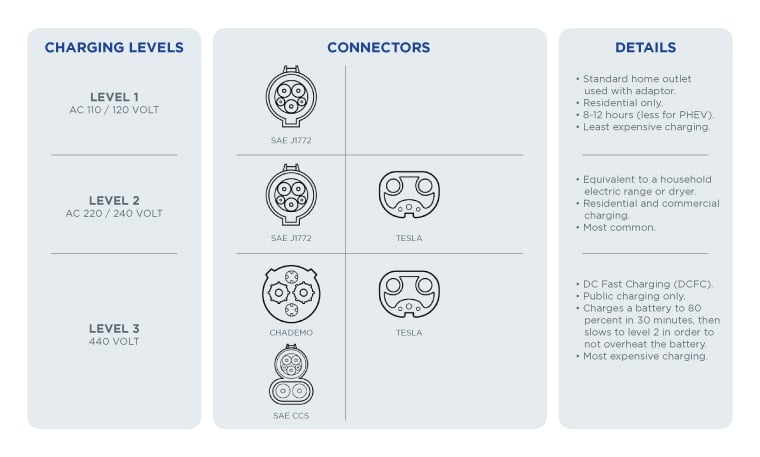
Recap & Summary
- Connector – The most common is the SAE J1772; all EVs in the U.S. and Canada can charge using this plug.
- Most Effective Charging Level – Level 2 charging at home or the workplace is the most ideal choice.
- Fastest Charing Level – Level 3 works best for fast charging but due to the high cost should be used just enough to get the vehicle to its destination.
Related Resources
Explore more related industry news, insights, and developments.
